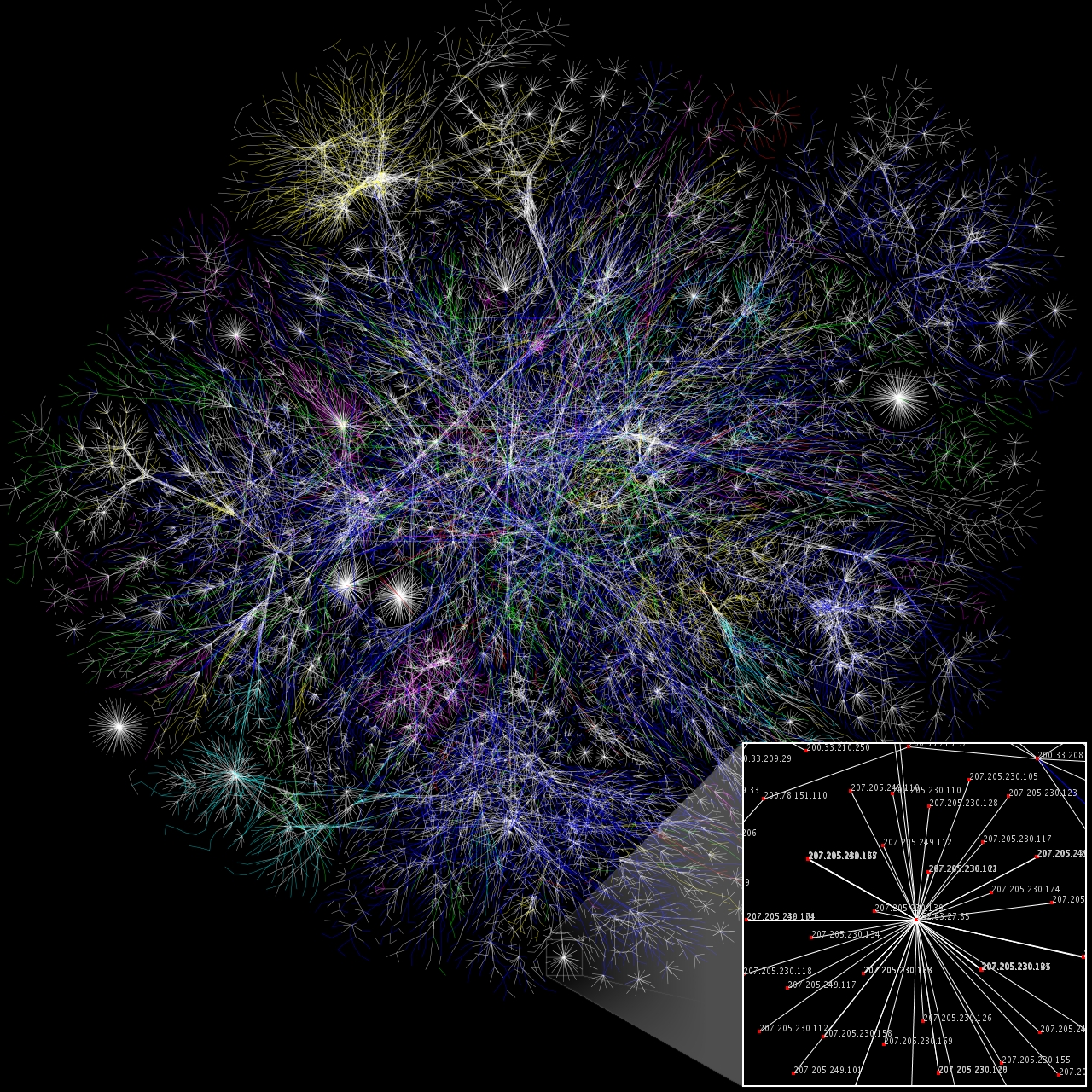Game Theory
- Introduction to Game Theory
- Two-Person Zero-Sum Games
- Non-Zero-Sum and Cooperative Games
- Game Theory in Business and Economics
- Game Theory in Politics
- Psychological Game Theory
- Games of Chance and Risk
- Evolutionary Game Theory
- Games with Sequential Moves
- Game Theory in Social Interactions
- Ethics in Game Theory
- Technological Aspects of Game Theory
- Applying Game Theory in Everyday Life
Game Theory in Social Interactions
Social Network Analysis in Game Theory

Analysis of social structures using network and graph theory.
Social network analysis is a powerful tool that can be used to understand and predict behavior in social interactions. In the context of game theory, it provides a framework for analyzing the structure of social networks and how they can influence game outcomes.
Introduction to Social Network Analysis
Social network analysis is a method of studying social structures through the use of networks and graph theory. It involves mapping out relationships (such as friendships, alliances, or kinship) between entities (such as individuals, groups, or organizations) and analyzing the resulting network structure.
In game theory, social network analysis can be used to understand how the structure of a network can influence the strategies and outcomes of games played on that network. For example, in a network of friends, the structure of the network can influence who has the most influence or power, who is most likely to cooperate or defect, and how information or resources are likely to flow through the network.
Role of Centrality, Density, and Clustering in Social Networks
There are several key concepts in social network analysis that are particularly relevant to game theory:
-
Centrality measures how central or important a node (an individual or group) is within a network. There are several ways to measure centrality, but in general, nodes that are more central are often more influential or powerful within the network.
-
Density refers to the proportion of possible connections in a network that are actually present. In a dense network, information or resources can flow quickly and easily, which can influence the dynamics of games played on the network.
-
Clustering refers to the tendency for nodes to form tightly-knit groups, characterized by a relatively high density of ties. In a network with high clustering, cooperation may be more likely, as individuals are more closely connected to each other.
Using Social Network Analysis to Predict Behavior
By understanding the structure of a social network, we can make predictions about the behavior of individuals or groups within the network. For example, individuals who are more central in a network may be more likely to cooperate in a cooperative game, as they have more to lose from defection. Similarly, in a network with high clustering, individuals may be more likely to cooperate, as defection could lead to ostracism from the group.
In addition, social network analysis can help us understand how information or resources flow through a network. This can be particularly important in games where information is valuable, such as in bargaining or negotiation games.
Case Studies
There are many real-world examples of how social network analysis can be used in conjunction with game theory. For example, in the world of business, companies often use social network analysis to understand the relationships between their employees, customers, and competitors. This can help them develop strategies for negotiation, competition, and cooperation.
In politics, social network analysis can be used to understand the relationships between politicians, parties, and interest groups. This can help predict voting behavior, coalition formation, and policy outcomes.
In conclusion, social network analysis provides a powerful tool for understanding and predicting behavior in social interactions. By understanding the structure of a social network, we can gain insights into the strategies and outcomes of games played on that network.